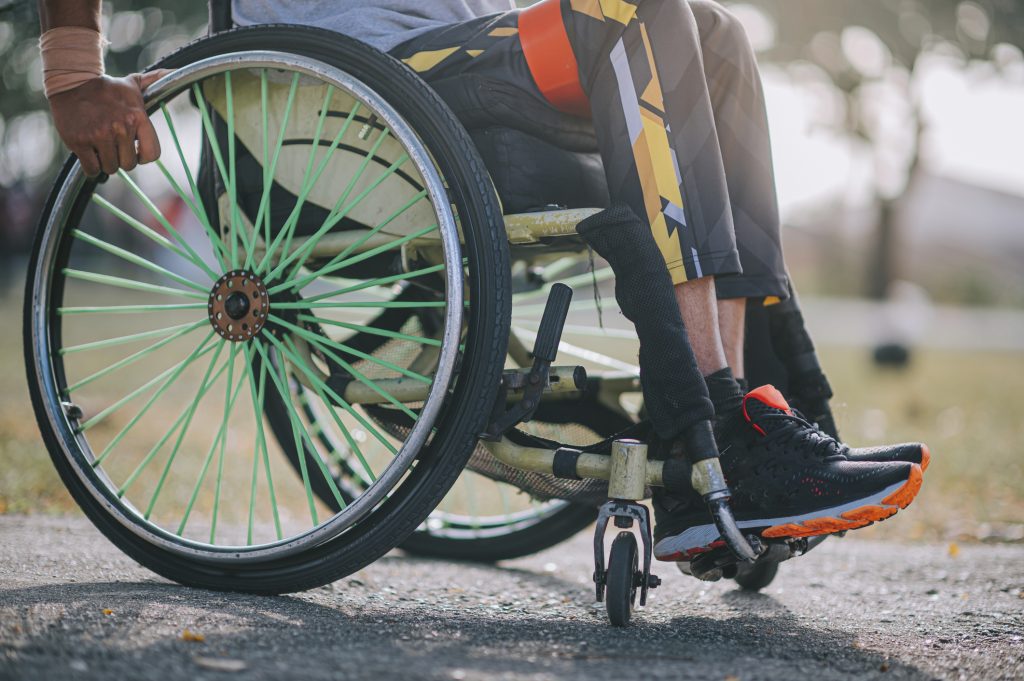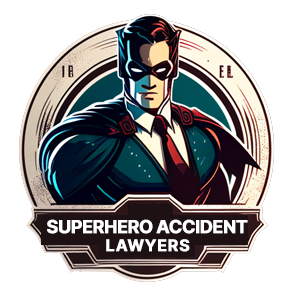
If you or a family member were paralyzed as the result of a crash involving a motor vehicle, you are not alone. According to the National Highway Traffic Safety Administration (NHTSA), nearly 2.5 million people are injured in automobile accidents each year. Some of those crashes result in people being paralyzed. Paralysis often results from damage to the nervous system, especially the spinal cord. Here is a list of injuries that can specifically lead to various types of paralysis:
- Complete Spinal Cord Injury: This involves complete severance or damage to the spinal cord, leading to loss of function below the level of injury.
- Incomplete Spinal Cord Injury: This involves partial damage to the spinal cord, leading to some function below the level of injury.
- Paraplegia: This results from injuries to the thoracic, lumbar, or sacral regions of the spinal cord, typically affecting the lower limbs and possibly part of the torso.
- Quadriplegia/Tetraplegia: This results from injuries to the cervical (neck) region of the spinal cord, affecting both the upper and lower body, including both arms and legs.
- Hemiplegia: This refers to paralysis of one side of the body and often results from brain injuries rather than spinal cord injuries.
- Diplegia: This involves symmetrical paralysis, often affecting the same area on both sides of the body, commonly seen in cerebral palsy.
- Monoplegia: This involves the paralysis of a single area of the body, typically a limb.
- Locked-in Syndrome: This is a condition in which a patient is aware and awake, but cannot move or communicate due to complete paralysis of nearly all voluntary muscles in the body except for the eyes.
- Brown-Séquard Syndrome: This results from damage to one half of the spinal cord, leading to paralysis and loss of proprioception on the same side as the injury, and loss of pain and temperature sensation on the opposite side.
- Anterior Cord Syndrome: This results from injury to the front of the spinal cord, leading to impaired temperature, touch, and pain sensations below the level of injury, with preserved proprioception and touch sensation.
- Central Cord Syndrome: Typically a result of trauma, it involves loss of function in the arms and hands and less impairment in the legs, along with varying sensory loss.
- Posterior Cord Syndrome: This results from damage to the posterior part of the spinal cord, leading to loss of proprioception.
- Cauda Equina Syndrome: This results from injury to the bundle of nerve roots at the lower end of the spinal cord, leading to lower limb paralysis and loss of bladder and bowel control.
- Root Avulsion: This is where the nerve root is torn away from the spinal cord, commonly affecting the brachial plexus and leading to arm paralysis.
- Bell’s Palsy: This involves paralysis or weakness of the muscles on one side of the face due to damage to the facial nerve.
Some injuries involving paralysis are temporary, where others are permanent and as of 2023 are not reversible. If you are considering filing a lawsuit, we can connect you with one of our superhero accident lawyers.
